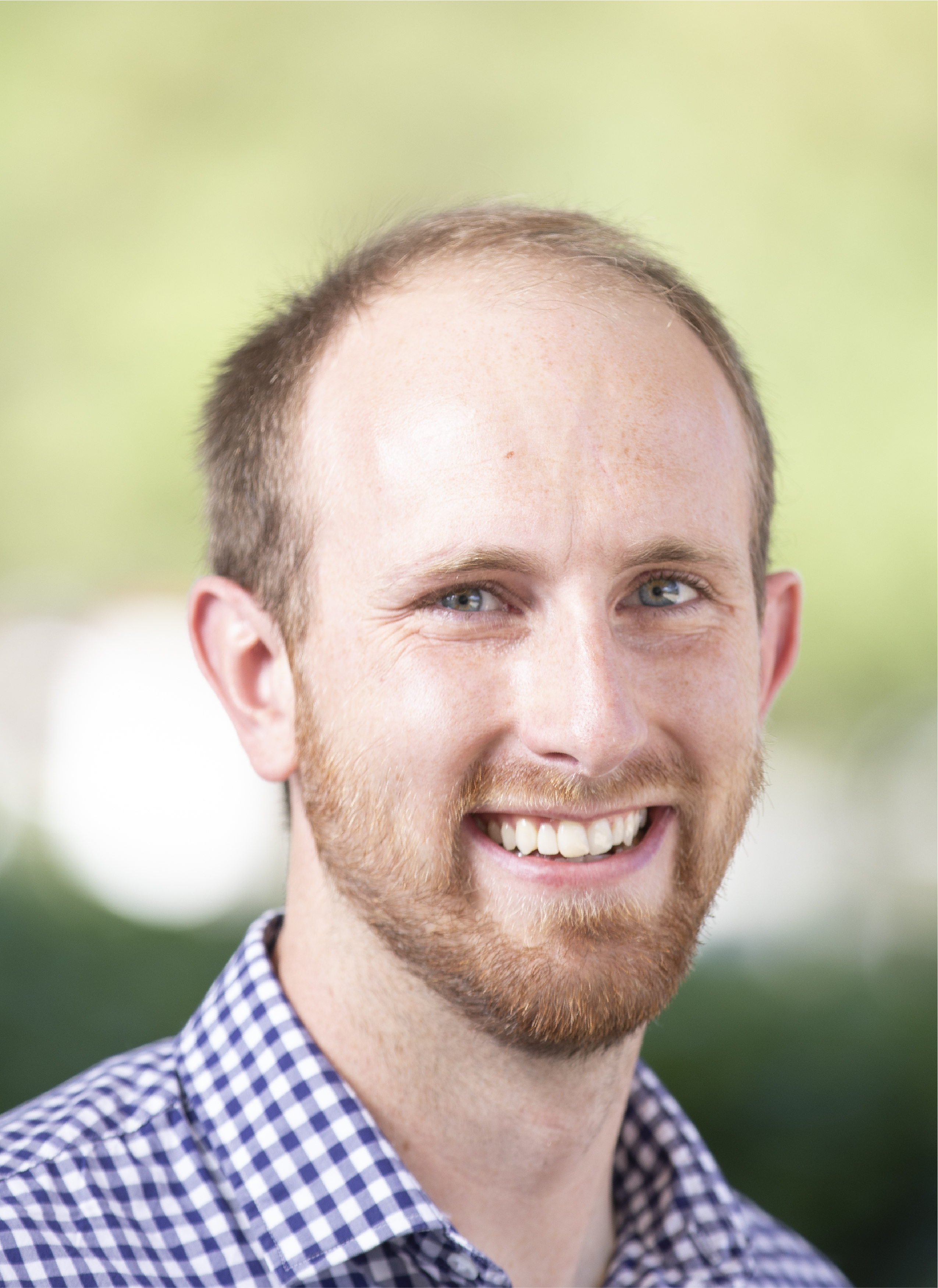Wearable devices can track your sleep, your heartrate and your exercise. Beyond their basic use, these gadgets can also help patients better rehabilitate after concussion, also known as a mild traumatic brain injury (mTBI).
It’s a critical function, considering 3-4 million people sustain a traumatic brain injury every year in the U.S with 80% of those injuries estimated to be mTBI. The Traumatic Brain Injury Center estimates that the annual cost to society from TBI, including lost productivity, is $60.4 billion. But mTBI rehab hasn’t always been effective due to a lack of consistent guidelines and data.
Peter Fino, PhD, assistant professor in the Department of Health and Kinesiology and Lee Dibble, PT, PhD, professor in the Department of Physical Therapy and Athletic Training, are leading breakthrough research at the University of Utah on the use of wearable sensors for mTBI monitoring and recovery. The Department of Defense has awarded Fino, Dibble and a multi-site team a $2.5 million clinical trial to use this technology in rehabilitation clinics. Their goal is to improve rehabilitation for individuals after mild traumatic brain injury (mTBI) or concussions.

Peter Fino, assistant professor in the Department of Health and Kinesiology
In this case, one sensor is an instrumented smart sock developed by APDM Wearable Technologies. Gait and balance are two critical assessment measures after mTBI, but previously, these tests could only take place in a lab setting. Now a patient can wear the smart sock in addition to sensors on the head and trunk to track gait and balance wherever they are, providing previously unavailable data about mobility in daily life to clinicians.
“Oftentimes we can only examine patients in a lab or clinic setting, and it’s our only window to see how they’re functioning or moving,” Fino said. “These wearables will allow us to look at how patients are doing in their daily life. The sock will show how fast they’re walking, how high their toe is coming off the ground and other things that are related to gait quality and general mobility.”
The smart sock has been used for studies on MS and Parkinson’s disease, but this is one of the first times it’s been used to monitor patients after mTBI. At clinic visits, patients will use a cutting-edge wearable and portable system tracking biofeedback that the research team has developed. This system will give rehabilitation providers better information on individual patient functioning in their daily life and allow precise targeting as they develop a treatment plan.
“A lot of rehabilitation exercises after mTBI involve moving the head or body,” Fino said. “But these tests are hard to judge—it’s hard for us to tell how quickly or smoothly a patient is moving their head, for example. When a patient wears the sensors, we can get exact data rather than a gross, subjective measure of motion.”
In addition, collecting data from daily life provides a more valid view—providing clinicians with “a movie as opposed to a snap-shot picture of mobility” according to Dibble.
The team plans to recruit 100 civilians with persistent symptoms from mTBI and 40 active-duty service members as healthy controls. Two civilian and academic sites (Oregon Health Sciences University [OHSU] and Utah) will test civilians and one military site, Fort Sam Houston, will test active-duty members.
In a single-blinded, randomized controlled trial, participants with mTBI will be randomized into six weeks of rehabilitation consisting of either standard care or standard care plus biofeedback. The results will reveal if real-time biofeedback using wearable sensors improves outcomes after rehabilitation.
The research team includes Fino, Dibble at the University of Utah as well as researchers at OHSU and Joint Base San Antonio – Fort Sam Houston Army Base. This research team has collaborated over the last six years and received multiple rounds of funding from the Department of Defense to study wearable devices for concussion monitoring and return to duty decisions.
“Our overall goal is to improve the assessment and rehabilitation of patients with mTBI, really with a focus on using measures from wearable instrumentation,” Fino said. “We have a very established team that works well together and bridges multiple regions of the country.”
Objective measures are essential to assess the impact of a head injury and wearables can bring this data to routine clinical care. Beyond head injuries, these sensors show promise in changing health care outcomes thanks to increasing utility, accessibility and affordability.
“I hope this project continues our push to use wearable tech to not just monitor patients’ movements, but to also directly improve clinical care by giving rehabilitation providers new tools that enhance their interactions with their patients,” Fino said.
